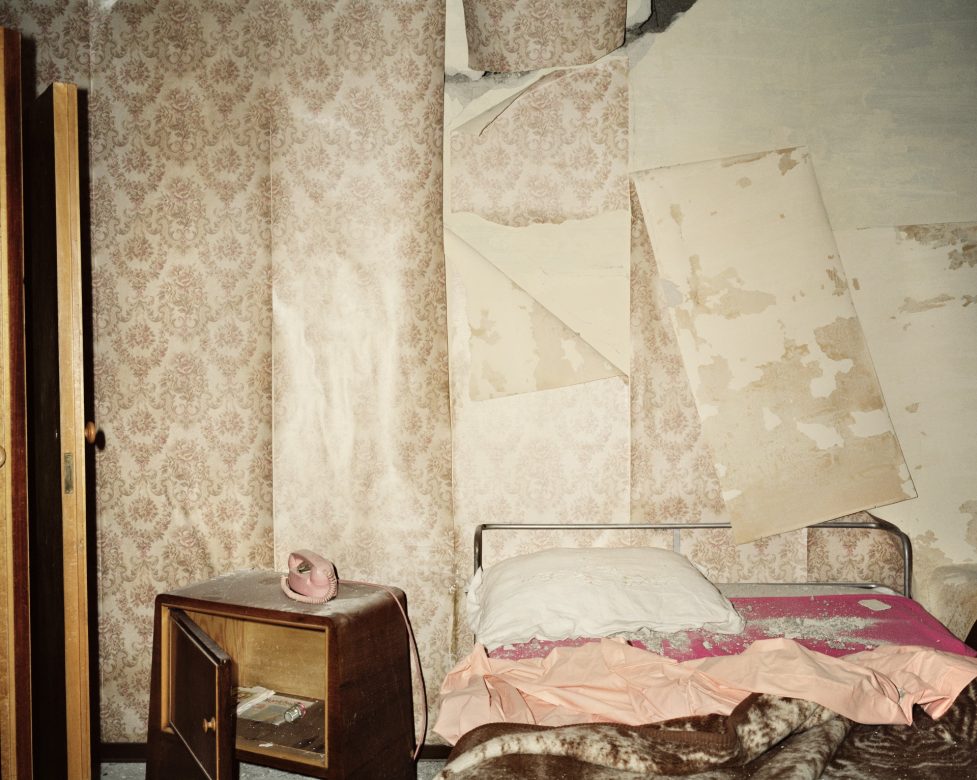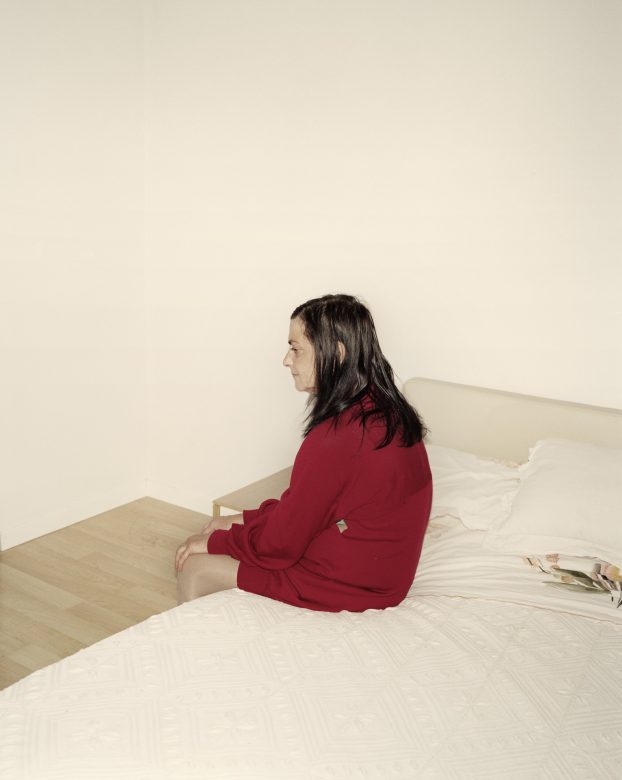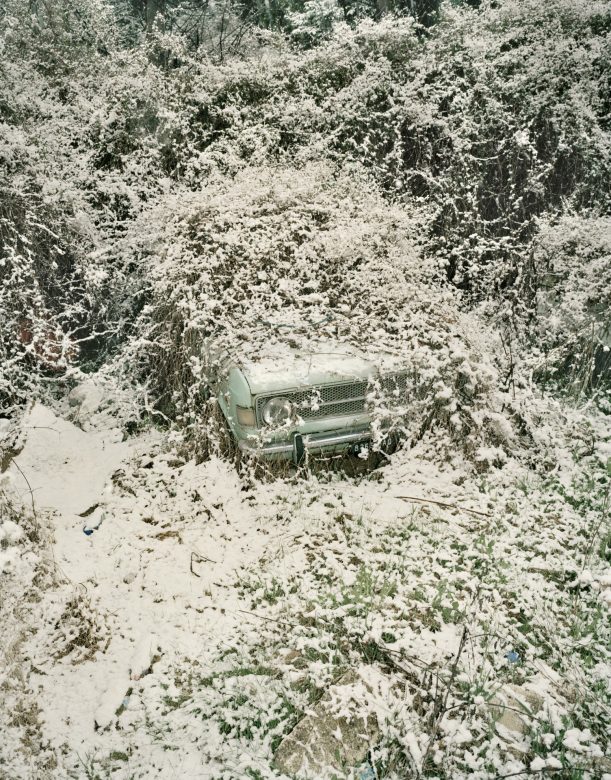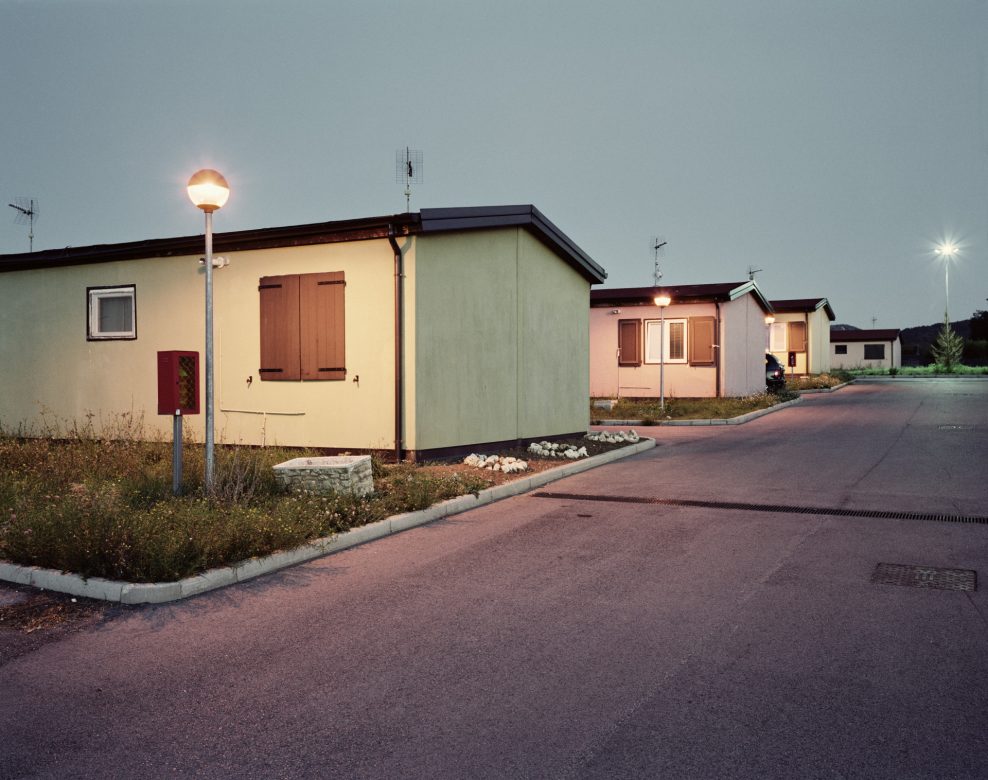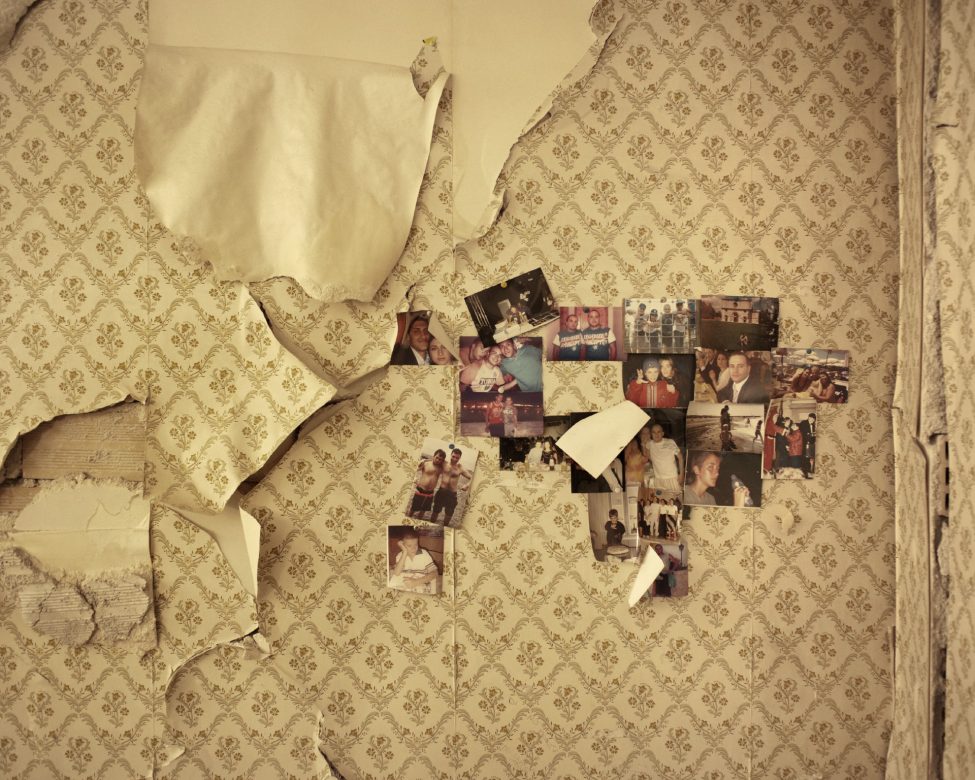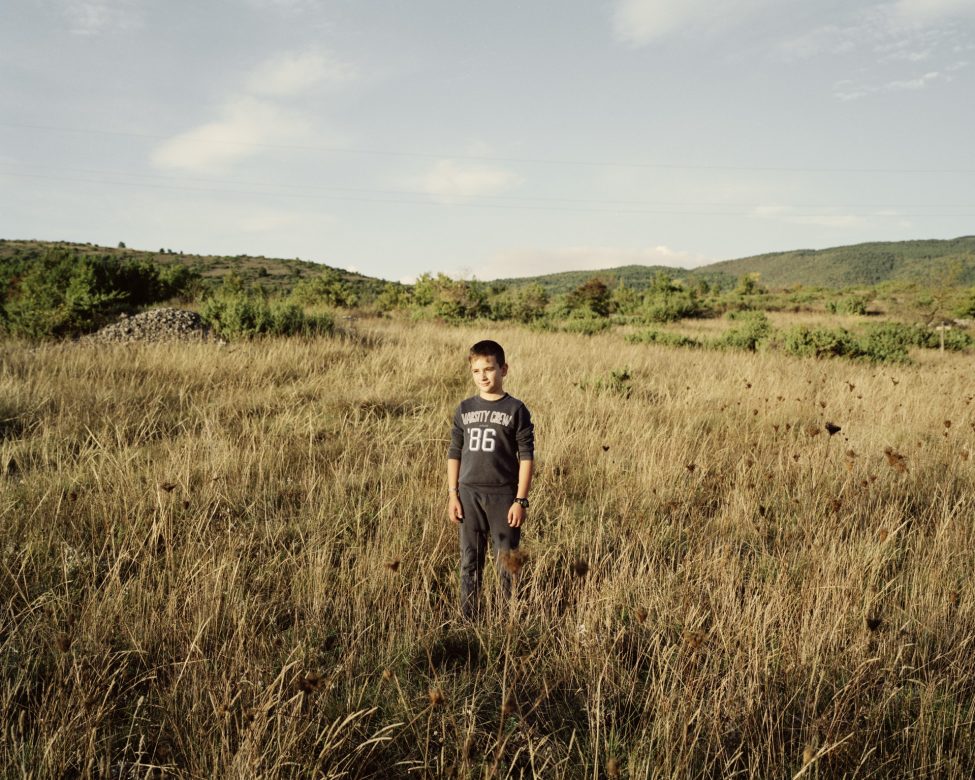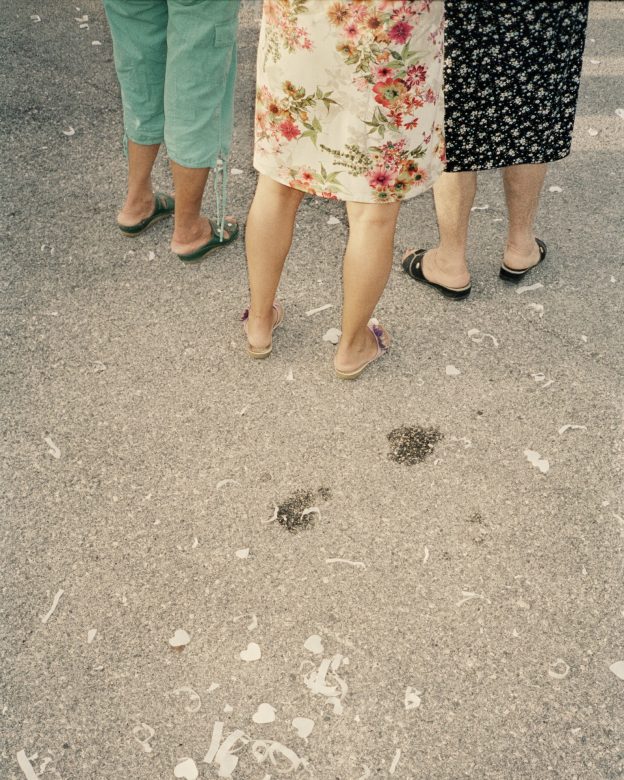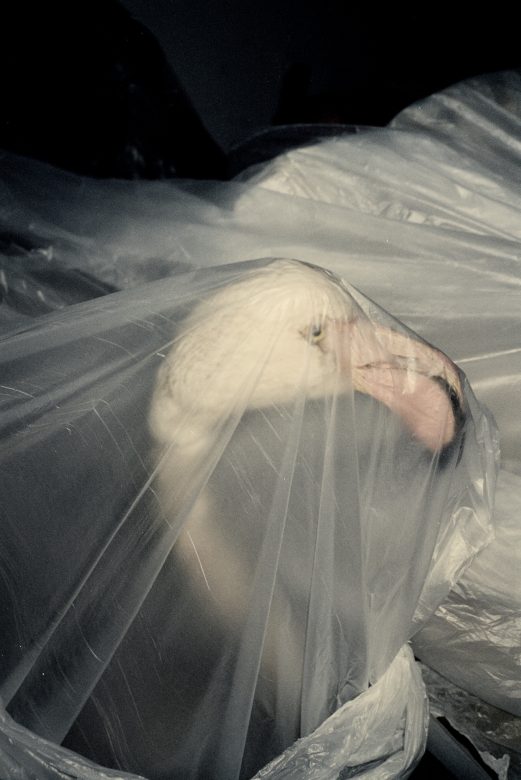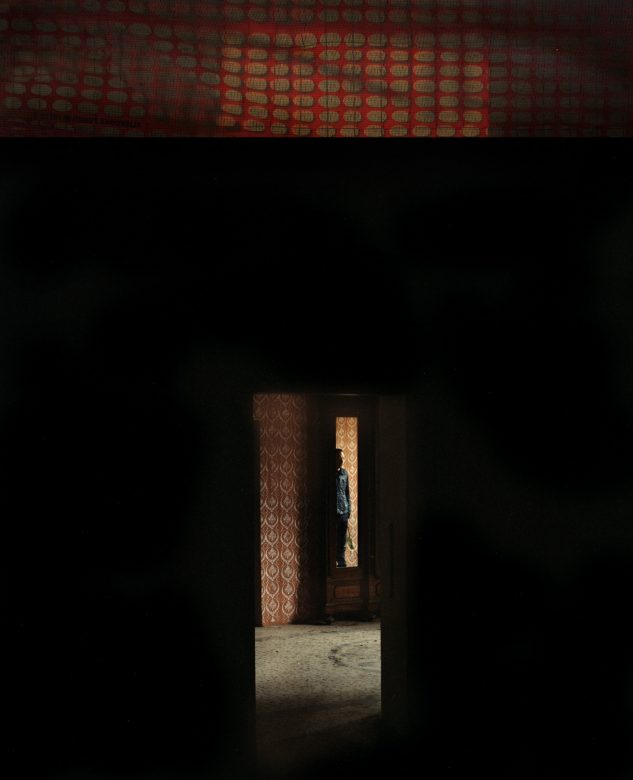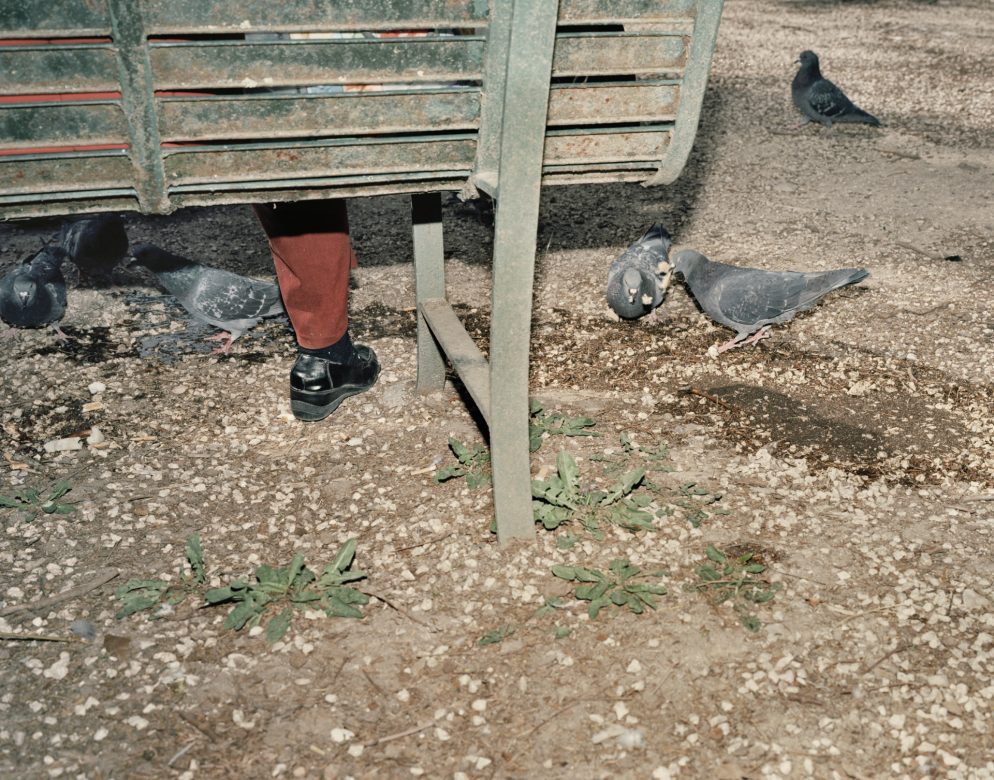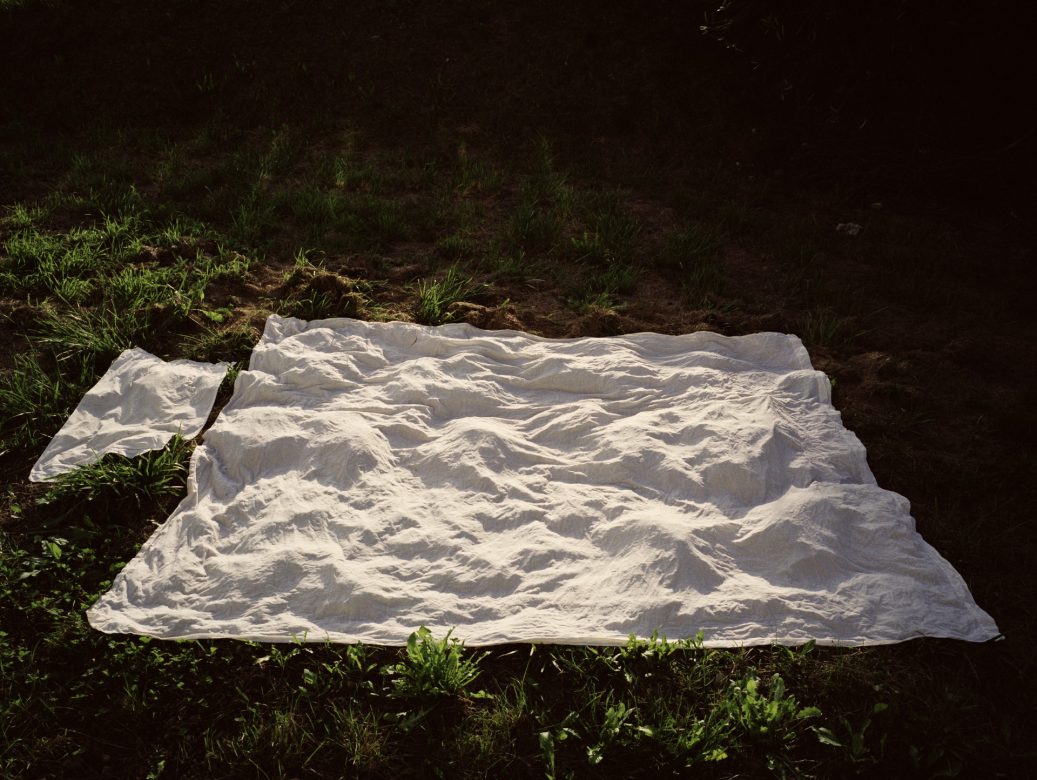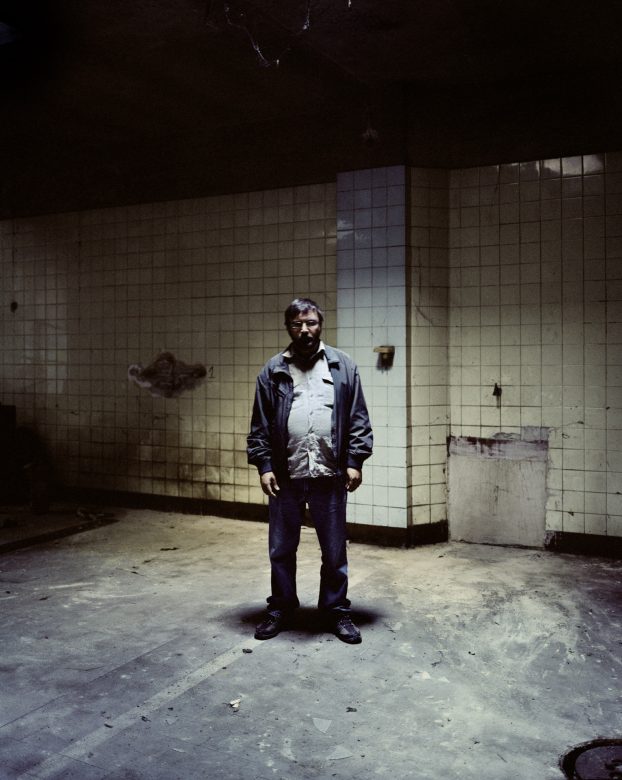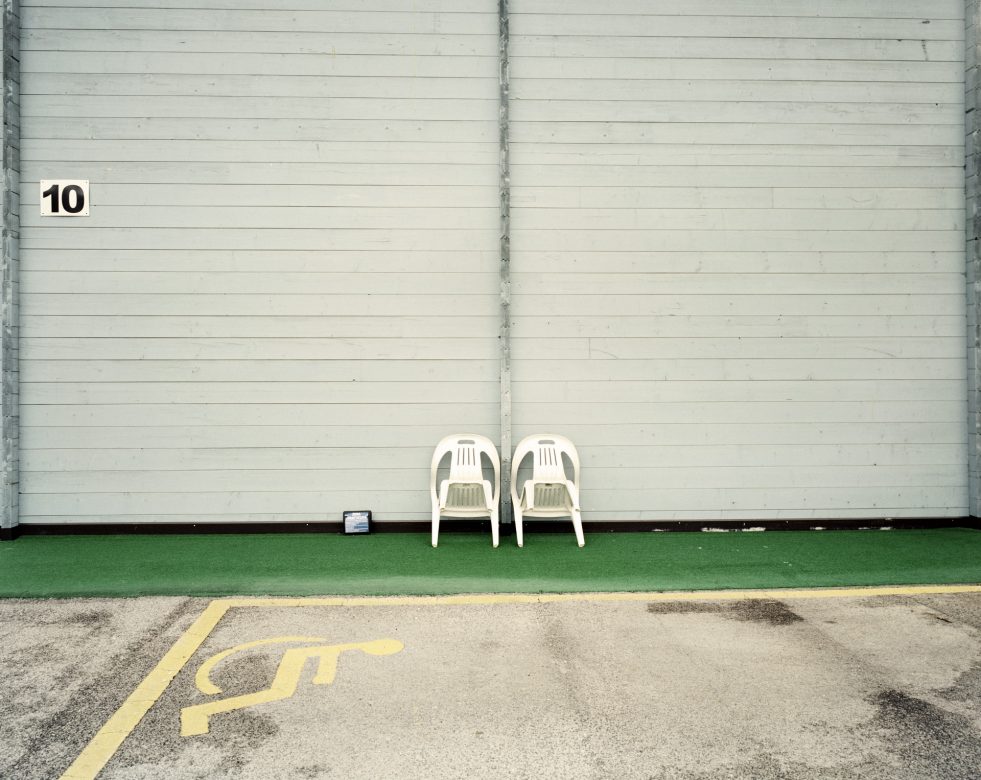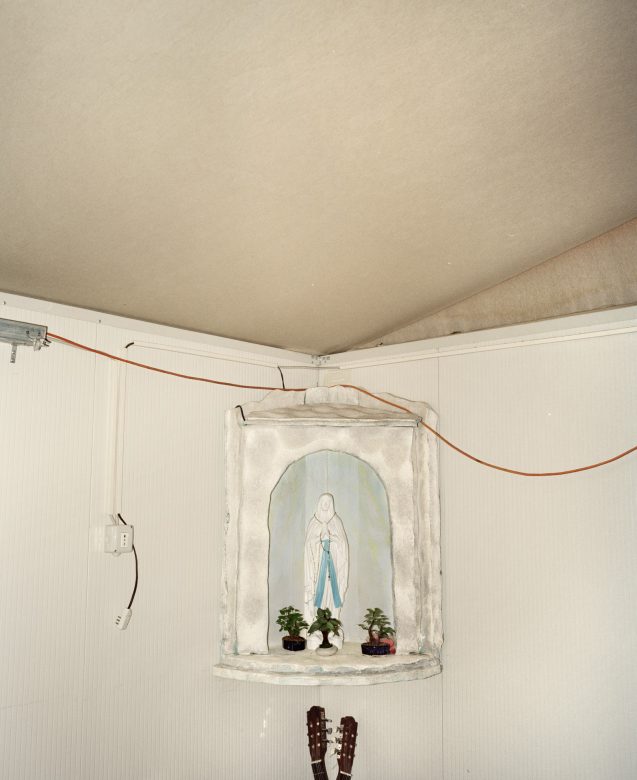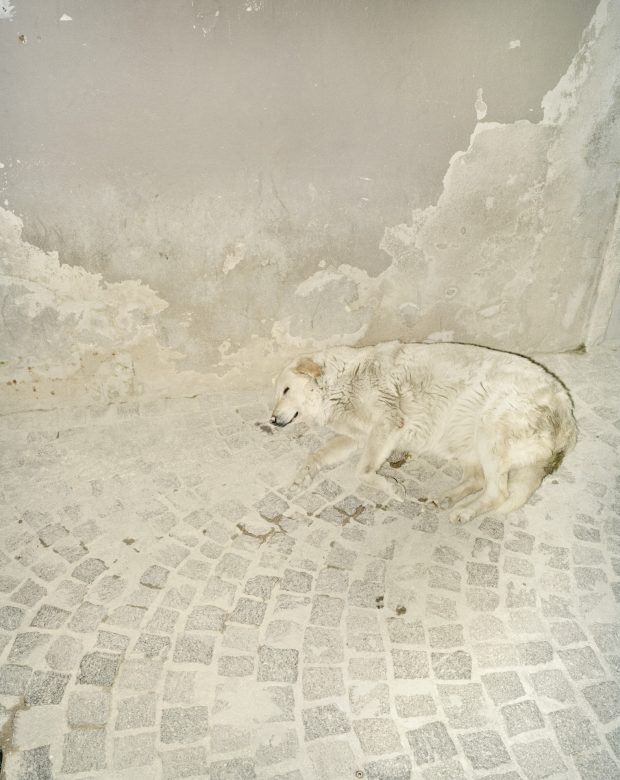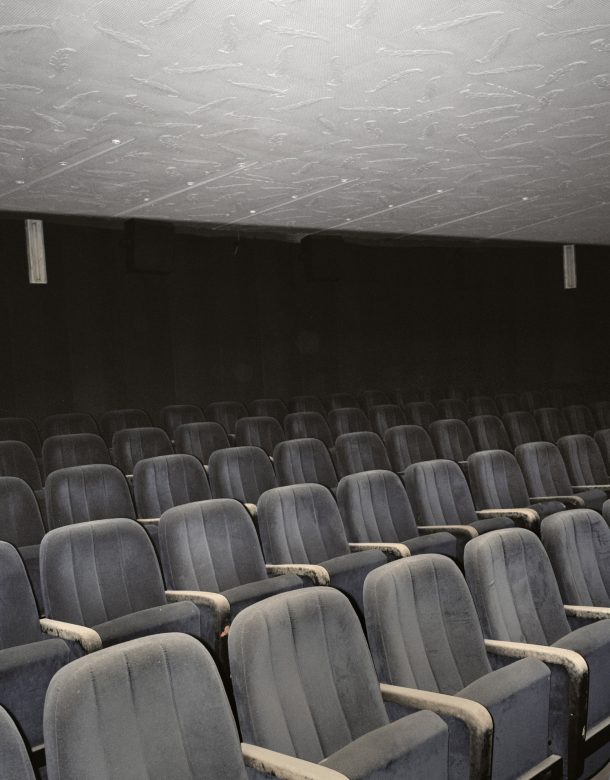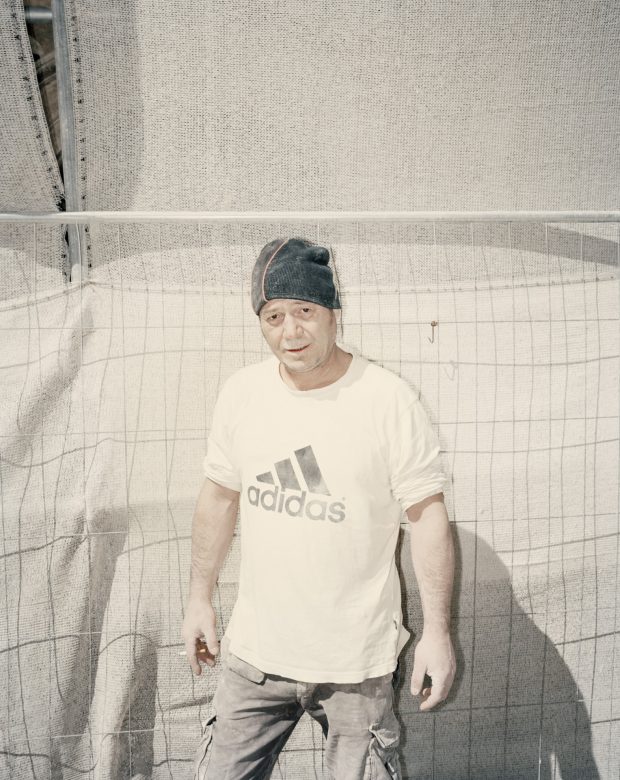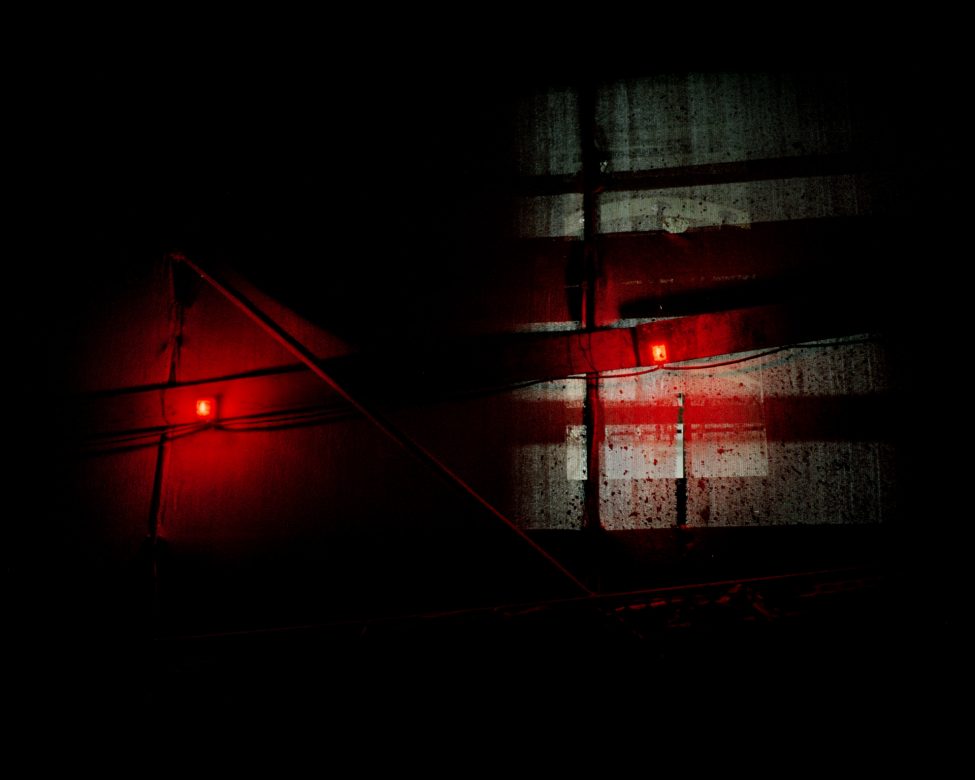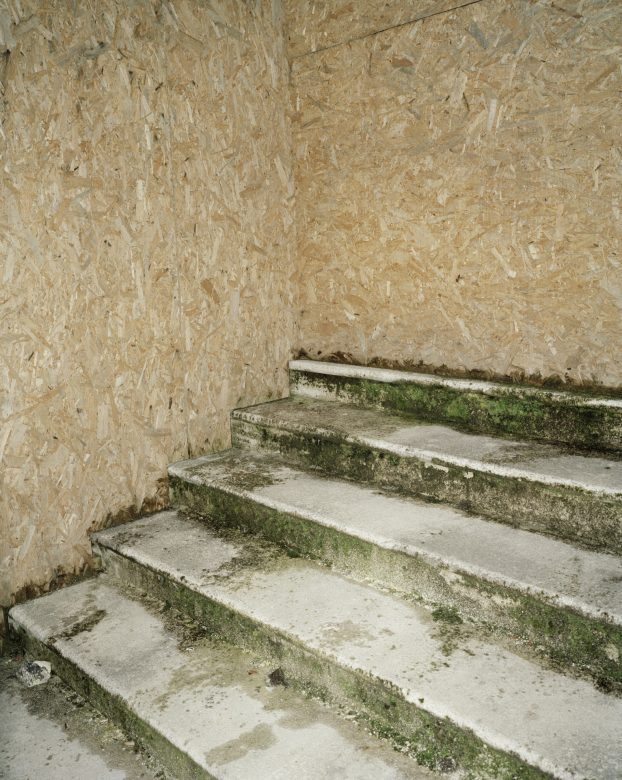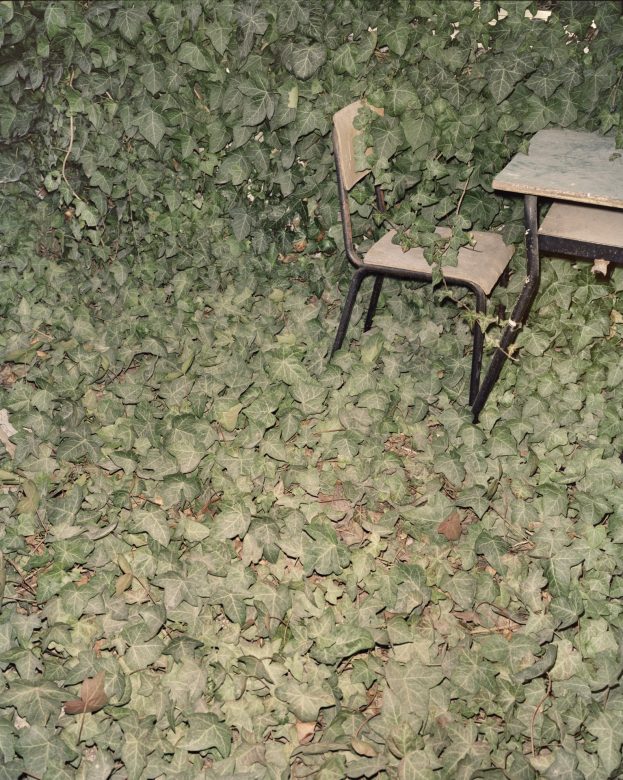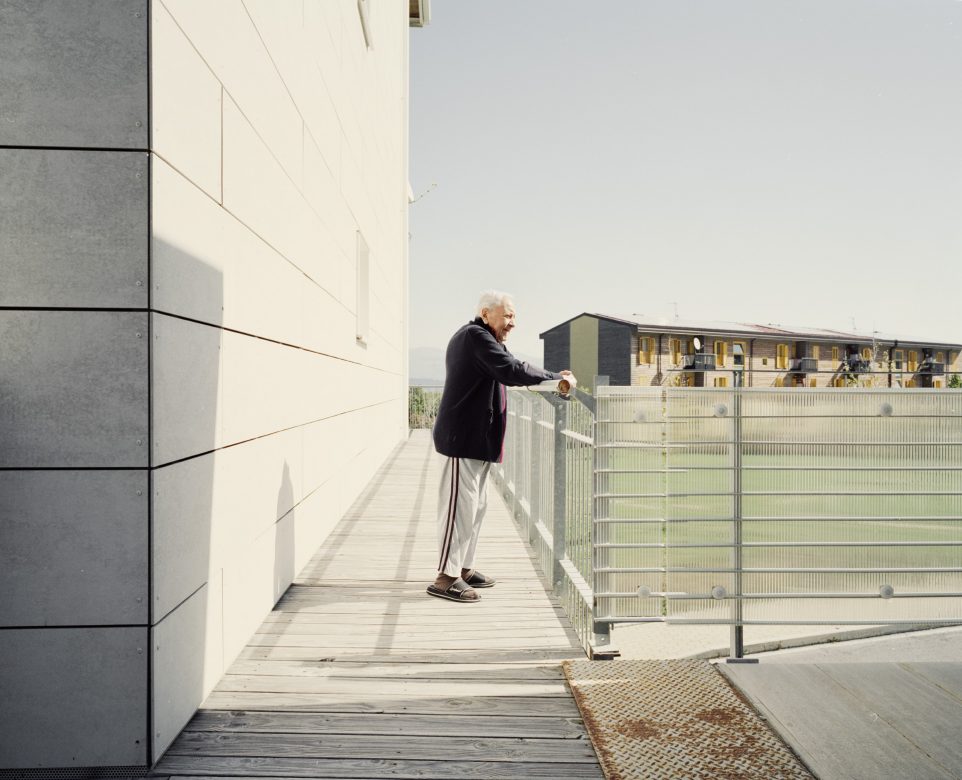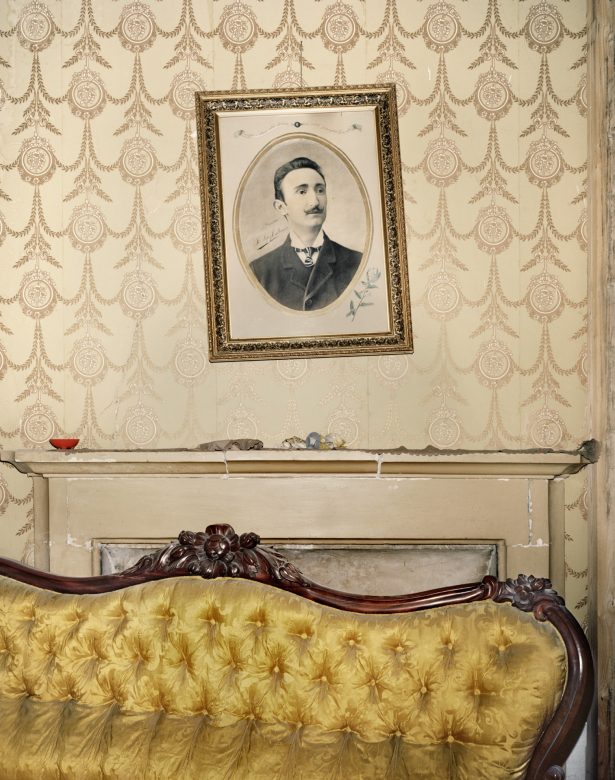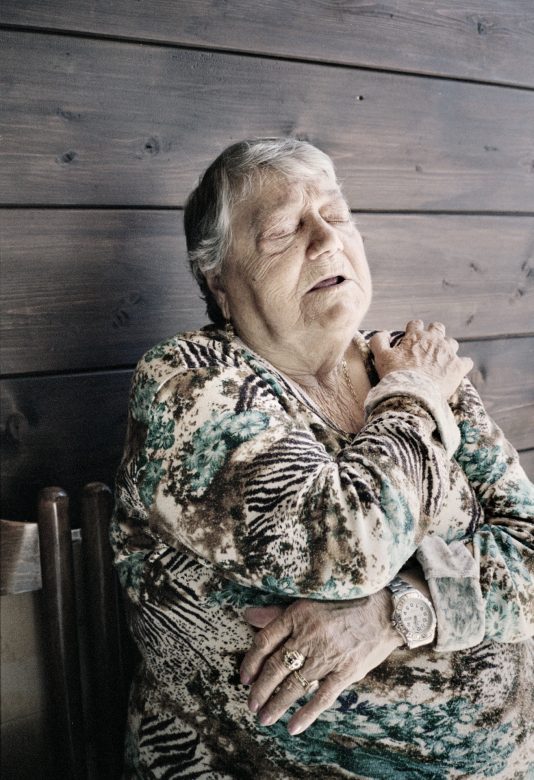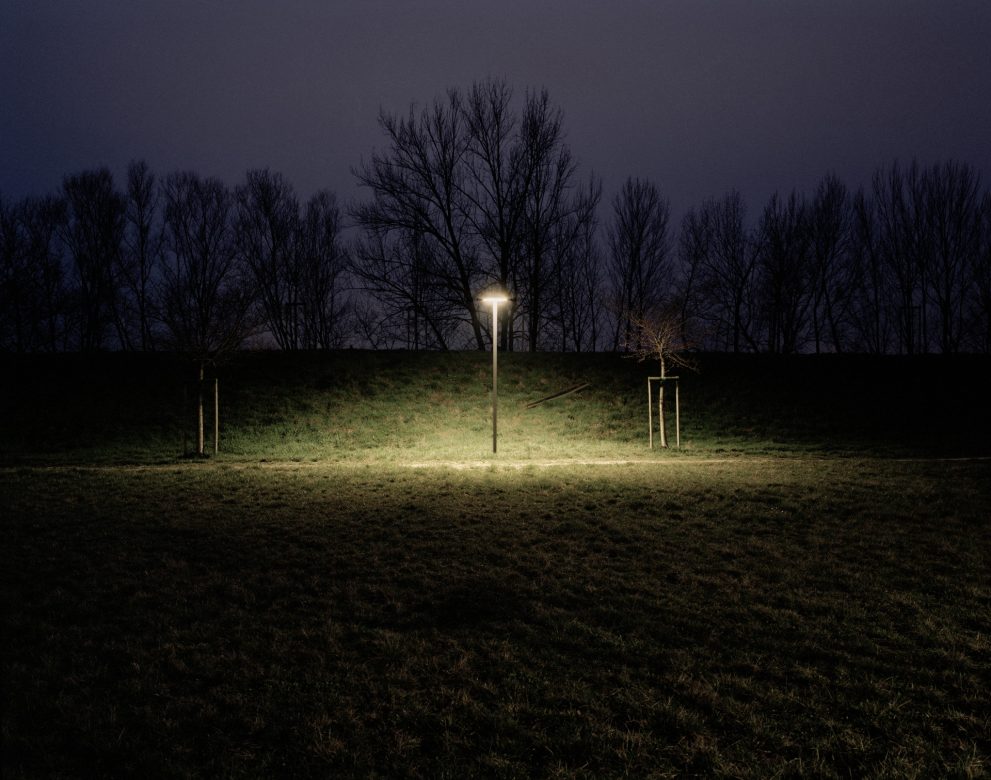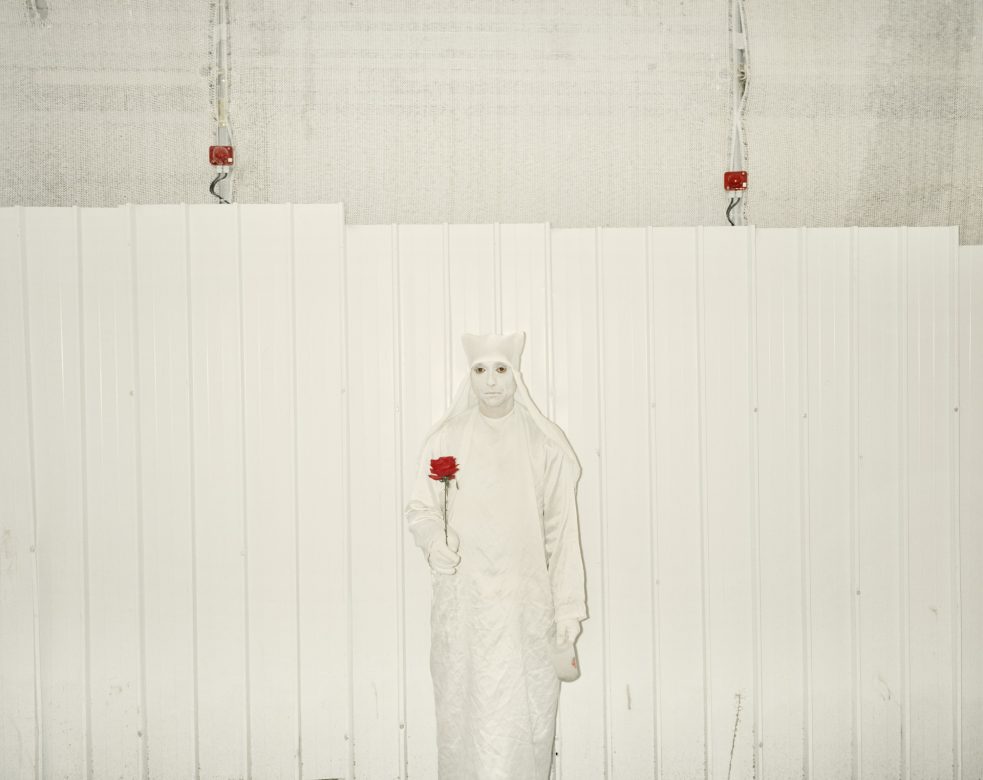Displacement – New Town No Town
2014 – 2015
So, what is left of a city that has lost its inhabitants? Where does the physical city ends, and the living one begins? What happens to its genius loci when its citizens are lost, and displaced to the anonymity of suburbia?
I perceived what displacement can mean while strolling down the busted roads of L’Aquila, an Italian city become a symbol for the loss and dispersion of a community.
The earthquake of the 6th of April 2009 converted this historical town into a building site, in an undistinguished non-lieu of new buildings that resurfaced from the dusty debris under the guise of refurbished hotels, coffe shops and wine bars, as if these were the only suitable places for social life. The population meanwhile has been shifted and exiled into the New Towns, dormitory suburbs with centers that are nothing but the roundabouts of shopping malls, where one can feel a material and spiritual disorientation.
A community has lost its public space, and all its places of individual and collective memories. L’Aquila is a ghost town, a labyrinth of demolitions and reconstructions. No one lives there anymore, and it will take decades to reconstruct. Most sell their ruins and move on. Their inhabitants wandering around, displaced.
Over the course of 2014 and 2015 we immersed ourselves – me and the Italian writer Caterina Serra – in this city to capture and document the loss to follow the population displacement towards the edges of the urban map.
We wanted to understand how a community acknowledges itself under dire circumstances, how it elaborates what it can achieve or what it can recover. I want to document how it can witness silently the dissolution of its identity, while coasting for survival.
We wanted to tell what happens to a place where politics is oblivious to the history, culture, and texture of its society and its communities. Where decision-makers have no experience, no imagination, no belonging.
We wanted to understand the physical and emotional geography of displacement.
This research lays the foundation of the project, that debuted at MACRO for Rome’s International Photography Festival (2015). The idea was to combines narrative and photography, offering a dialogue between two different ways of seeing that do not want to be overly explicative of each other. Photographs captured on film accompanied by words: the result is a unique and thrilling example of storytelling where prose and images walk the spectator through places deeply affected by recent history.
